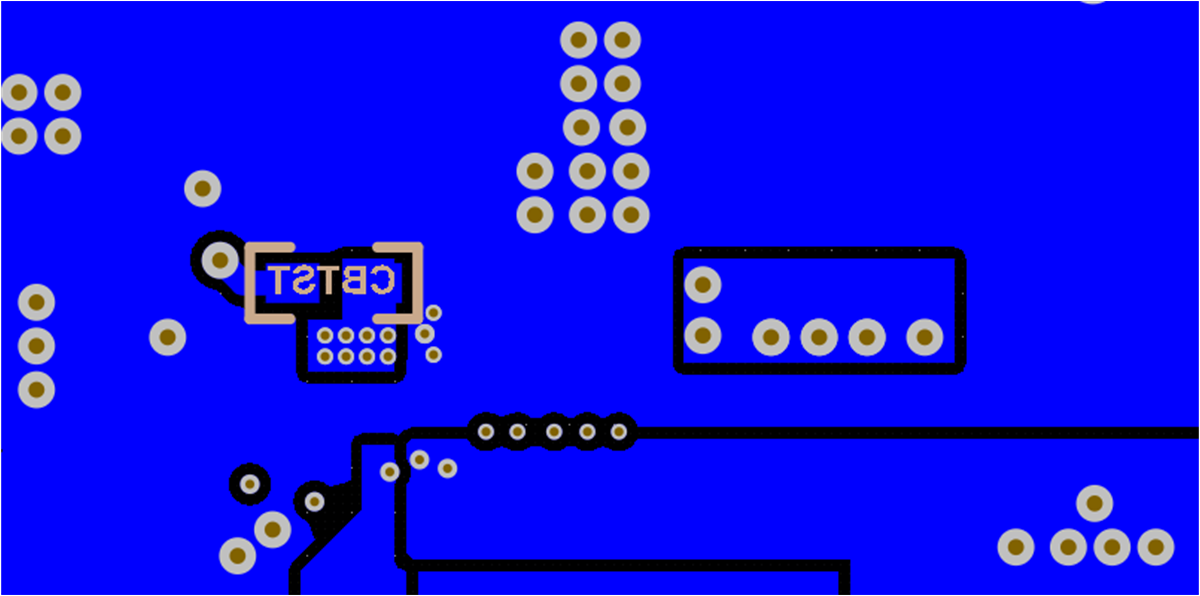SLUSEG2C September 2022 – February 2024 BQ25620 , BQ25622
PRODUCTION DATA
- 1
- 1 Features
- 2 Applications
- 3 Description
- 4 Description (continued)
- 5 Device Comparison
- 6 Pin Configuration and Functions
- 7 Specifications
-
8 Detailed Description
- 8.1 Overview
- 8.2 Functional Block Diagram
- 8.3
Feature Description
- 8.3.1 Power-On-Reset (POR)
- 8.3.2 Device Power Up from Battery
- 8.3.3 Device Power Up from Input Source
- 8.3.4 Power Path Management
- 8.3.5 Battery Charging Management
- 8.3.6 USB On-The-Go (OTG)
- 8.3.7 Integrated 12-Bit ADC for Monitoring
- 8.3.8 Status Outputs ( PG, STAT, INT)
- 8.3.9 BATFET Control
- 8.3.10 Protections
- 8.4 Device Functional Modes
- 8.5 Programming
- 8.6 Register Maps
- 9 Application and Implementation
- 10Power Supply Recommendations
- 11Layout
- 12Device and Documentation Support
- 13Revision History
- 14Mechanical, Packaging, and Orderable Information
Package Options
Mechanical Data (Package|Pins)
- RYK|18
Thermal pad, mechanical data (Package|Pins)
Orderable Information
11.2 Layout Example
 Figure 11-1 High Frequency Current Path
Figure 11-1 High Frequency Current Path Figure 11-2 Layout Example: Top Layer
(red) and All PGND Internal Layer 2 (brown)
Figure 11-2 Layout Example: Top Layer
(red) and All PGND Internal Layer 2 (brown) Figure 11-3 Layout Example: Inner Layer 3
(AGND pour; SW node pour; signal routing)
Figure 11-3 Layout Example: Inner Layer 3
(AGND pour; SW node pour; signal routing) Figure 11-4 Layout Example: Bottom Layer
X-Ray From Top (PGND pour; BTST capacitor; redundant SW, SYS and BAT
pours)
Figure 11-4 Layout Example: Bottom Layer
X-Ray From Top (PGND pour; BTST capacitor; redundant SW, SYS and BAT
pours)